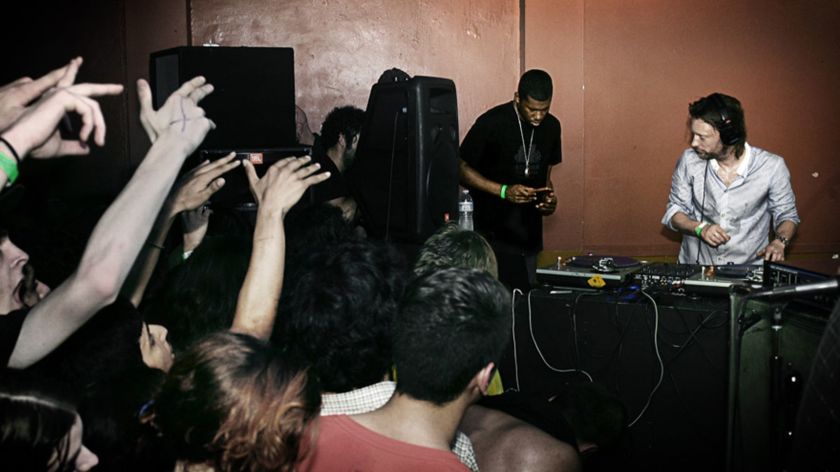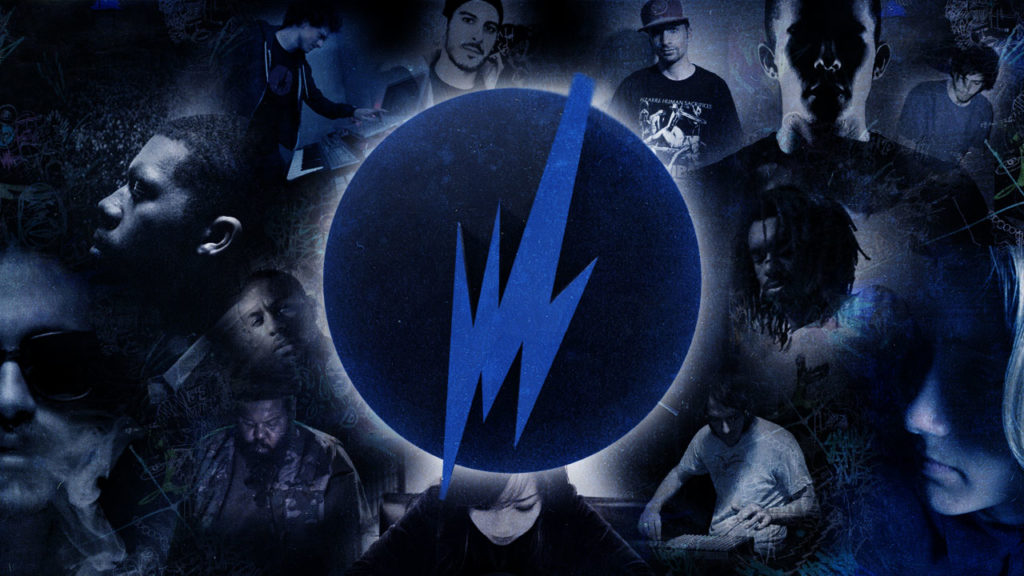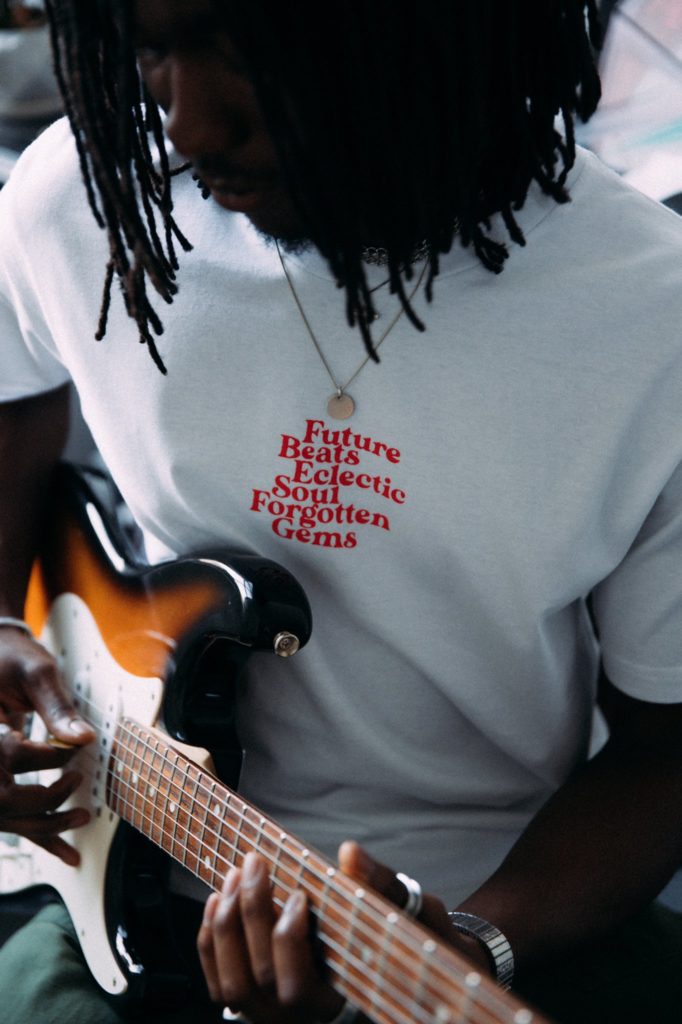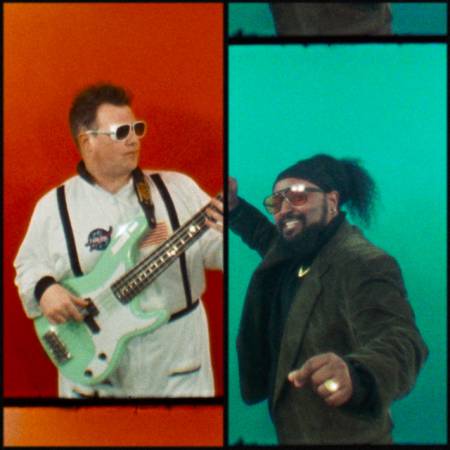Between the late 2000s and mid-10s, the internet gradually became eclipsed by a number of genres that were diluted with the sound of the future. I’m talking about Future Bass, Future House, Future Garage, and ‘Future Beats’ in particular.
Although makes Future Beats a special case amidst its futuristic contemporaries is the fact that there’s much hesitation to label this sound as an actual genre. And even though there are stylistic components and ‘real’ genres such as Hip Hop, Electronic, and R&B that are deeply woven into the fabric of Future Beats... Devotees would argue that it goes a lot deeper than sonic characteristics and that it isn’t even a genre. In this piece, we explore the world of this genre from its early days, to where it’s at now along with some iconic movements that were pivotal for its erection.
What is Future Beats
Offering a straightforward answer to this is like listening through Whole Lotta Red in one sitting – it’s not easy. In a literal sense, Future Beats is experimental instrumental music that generally borrows from Hip Hop, R&B, Trap, and occasionally Jazz to sculpt its rhythmic structure. Electronica and IDM influences also seep through especially if we’re talking about sound design.
“It’s really an approach to music, and a feeling as opposed to a genre” – Benji B
In this video, BBC radio presenter Benji B alluded to the figurative perspective as he basically states that it goes beyond ‘genre’. It’s a state of mind which births forward-thinking and experimentation, thus inspiring artists to contribute something new and garden-fresh to what already exists. Considering the expansive sonic range of Future Beats it makes sense why purists shy away from calling it a genre, but rather an umbrella term for experimental beat music.
The Origins of Future Beats
Frankly speaking Future Beats as a movement is essentially the LA beat scene detached from the umbilical cord, and nurtured by various communities across the globe. In short, there is no Future Beats as we know it today without the towering presence and influence of the LA beat scene.
Stay up to date.
New music and exclusive updates in your inbox weekly.

Low End Theory
Let’s take a long stroll down memory lane all the way back to 2006. This is the year DJ, producer and label owner Daddy Kev founded the eminent Low End Theory – a weekly experimental hip hop and electronic music club night that took place every Wednesday from 2006 to 2018. Over time Low End Theory solidified itself as the HQ for the city’s burgeoning beat scene by unifying like-minded producers and spectators, and even serving as a launching pad for the careers of acclaimed artists such as Flying Lotus, The Glitch Mob, and Nosaj Thing. Something that also can’t escape mention is the fact that Daddy Kev’s label Alpha Pup is where we’ll find some of the poster boys for the cosmic sound of LA with iconic projects such as Drift by Nosaj Thing and Live at Low End Theory by Daedalus under the label.
Brainfeeder
A discussion about the development of Future Beats and the LA Beat scene is incomplete without noting the impact of Flying Lotus’s imprint Brainfeeder.
Brainfeeder, the record label, has since done for the music world at large what Los Angeles did for the beat scene: warped it, changed it, challenged it, and ripped open a wormhole of creativity through which inventive sounds continue to spill. – Bandcamp
The label arose shortly after the release of Los Angeles, an album that turned heads and planted the question “What’s going on over there in LA?” in the minds of onlookers. The release simultaneously elevated Flying Lotus to new heights thanks to the ground-breaking production audiences were acquainted too. With Brainfeeder emerging at the height of FlyLo’s acclaim as a producer (during that period), the time was perfect to exhibit his role as an influential tastemaker. This resulted in a crop of an innovative artist taking the city by storm under the Brainfeeder banner, and molding the genres we know and love to reflect a different kind of future for them. In the early days, it was known as an entity waving the flag up high for experimental beat music. Now, it’s evolved as a hotbed of some of the most exciting jazz, funk, and dance music around.

There isn’t a single person or moment that defines the origin of Future Beats. Its development is deeply rooted in the importance of community and a fervent attachment to pushing the envelope.
The Influence of Soulection
“The Sound of the Future” – that is the slogan paraded by LA-based label, radio show, and global community Soulection (we've featured quite a lot of their artists, so feel free to browse around). Even though it was officially founded in 2011, an early podcast version of the radio show hosted by co-founder Joe Kay had already existed in the few years before that.

Initially, the focus was on acts Kay encountered at Low End Theory, and this further emphasizes the immense influence emanated by the weekly club night as they exposed audiences to a range of illustrious artists.
“I was playing music from everybody: Stones Throw, Brainfeeder, MNDSGN and other folks I was meeting” – Joe Kay via Forbes

In their first couple of years, Soulection released some of the most renowned albums in the recent history of Future Beats. North by Sango being a shining example along with their compilations which also contain the same nonconformist attitudes displayed by the likes of Brainfeeder and Alpha Pup. Platforms such as Facebook, Twitter, and most importantly Soundcloud were vital for Soulection to garner a following and essentially hone their community. When the Soundcloud era emerged over the zeitgeist during the mid to late 2010s, Soulection was at the forefront of the burgeoning global beat scene, and paired with the increasing popularity of their radio this led to two things.
Firstly, the artist under the umbrella of Soulection redefined the sonic perception of Future Beats due to the popular aesthetic that was associated with the brand. While their peer’s embraced shades of Jazz, IDM, and left-field electronica… Soul, R&B and Trap were discernibly intertwined in the tapestry of Soulection releases which garnered mass appeal. This was just one aspect of how they differentiated themselves. Some of the notable artists associated with Soulection include Ta-ku, Mr. Carmack, Sam Gellaitry, Monte Booker, and Esta to name a few. As a label, they also operated in a manner that didn’t conform to industry norms, ultimately, the premise of Future Beats taken to a new level.
“Soulection is what I call a swiss-army knife, it's a very modern experiment. There's really no format. I'm all about not following a format.” Co-founder Joe Kay told entrepreneurial students during a talk at Cal Poly Pomona in November 2013.
Secondly, Soulection exponentially popularized Future Beats and reached audiences far and wide along with their radio show and tours dedicated to The Sound of Tomorrow. With their contributions, there’s definitely a global community around Future Beats, to the point where it says a lot about you if you’re a Soulection enthusiast. Today, they exist as a Beats 1 (Apple Music) radio show, an independent music label, festival (Soulection Experience), world-touring concert, and clothing line.
Honestly, the heyday of Future Beats as a movement occurred over the early to mid-2010s. Apart from the ones already mentioned, platforms such as Majestic Casual and The Future Beats Show (top of this article) hosted by Complexion are actively keeping the vibe alive even after the buzz has subsided. Explaining what Future Beats can be tricky because if you ask 10 people they’ll probably all have a different answer but a crucial component that encompasses the sound of Future is – like I said - a fervent attachment to pushing the envelope.







